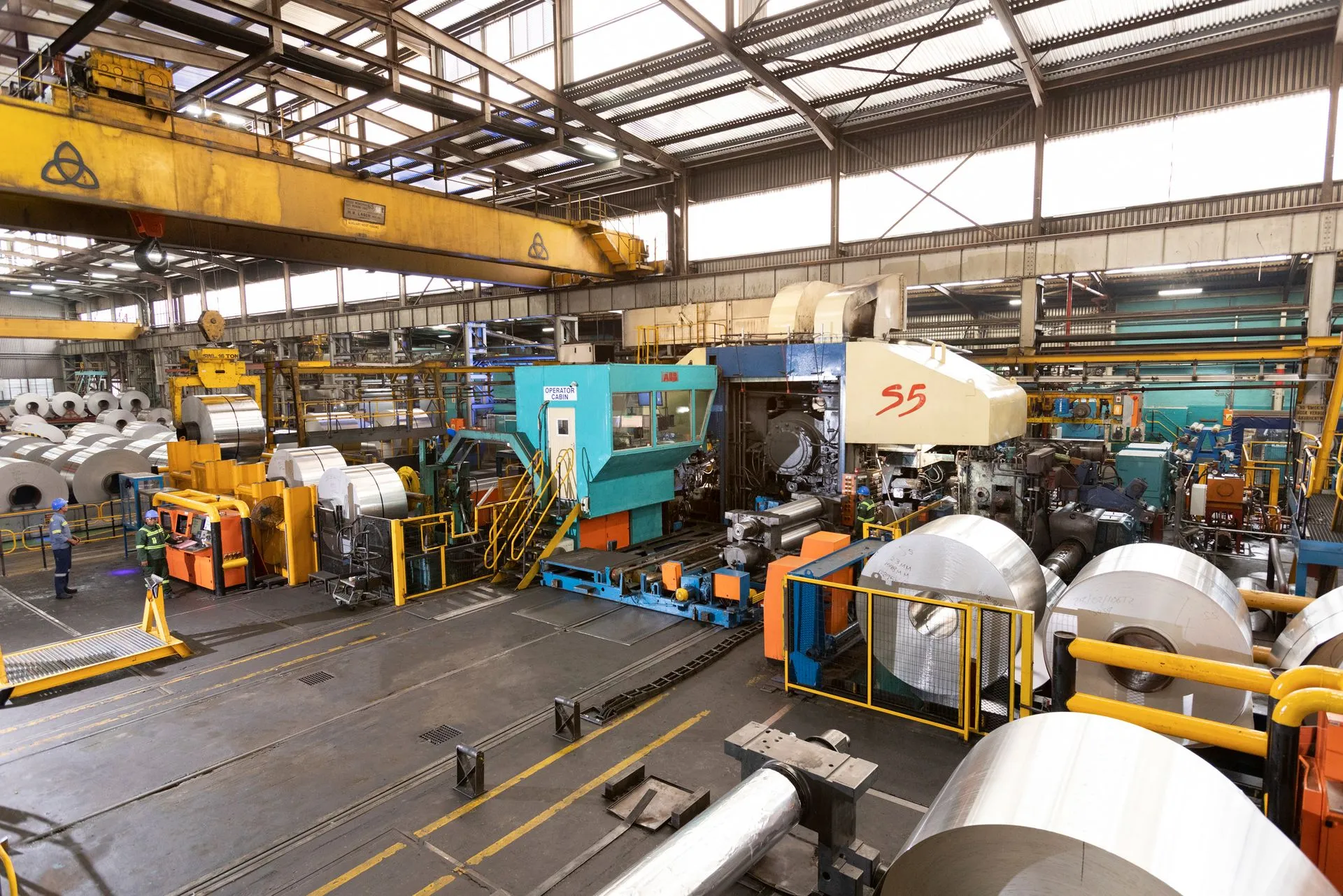A U.S.-based company, InventWood, has developed a new type of wood that, according to its creators, has up to ten times the strength-to-weight ratio of steel while being up to six times lighter. This innovative material, called Superwood, is now entering the commercial market.
The technology originates from the research of Liangbing Hu, a materials scientist and current professor at Yale University. Hu began studying advanced wood more than a decade ago at the Center for Materials Innovation at the University of Maryland, with a clear goal: to make wood stronger than ever while preserving its natural properties. During his research, Hu even managed to make wood partially transparent by removing some lignin, the component that gives wood its color and some of its strength.
The main focus, however, was strengthening wood through cellulose, the most abundant biopolymer on Earth. In 2017, Hu and his team achieved a breakthrough by chemically treating natural cellulose to create a much more durable building material. The process involves boiling wood in a mixture of water and chemicals and then pressing it under heat, compacting the cellular structure. The resulting material is denser and stronger than most structural metals, according to a study published in Nature.
After over 140 patents and multiple refinements, InventWood has scaled the process to industrial production. According to CEO Alex Lau, Superwood “looks and behaves like ordinary wood, but it is stronger and more durable in every test we have conducted.”
In construction, Superwood enables structures up to four times lighter, making buildings more resistant to earthquakes and easier to assemble. It is also 20 times stronger and 10 times more scratch-resistant than standard wood, as its porous structure has been eliminated. The material is impervious to fungi and insects and exhibits high fire resistance.
Initially, InventWood plans to use Superwood for exterior cladding, terraces, and facades, before expanding to interior applications such as flooring, wall panels, and furniture. Lau notes that many pieces of furniture degrade over time due to metal fasteners, a problem that Superwood can solve by reducing or replacing the need for nails, screws, and metal fittings.
Although it currently costs more than conventional wood and requires more energy to produce, InventWood emphasizes that Superwood emits 90% less carbon than steel. The company’s goal is not to compete on price with regular wood but to match or surpass steel in performance and durability.
Experts, including Australian architecture professor Philip Oldfield, view Superwood as a major step toward sustainable construction, since buildings made of wood can store carbon for long periods. He adds that the main challenge is not a lack of strength but industry reluctance to adopt new technologies.
Source: InventWood with additional information added by Glass Balkan







